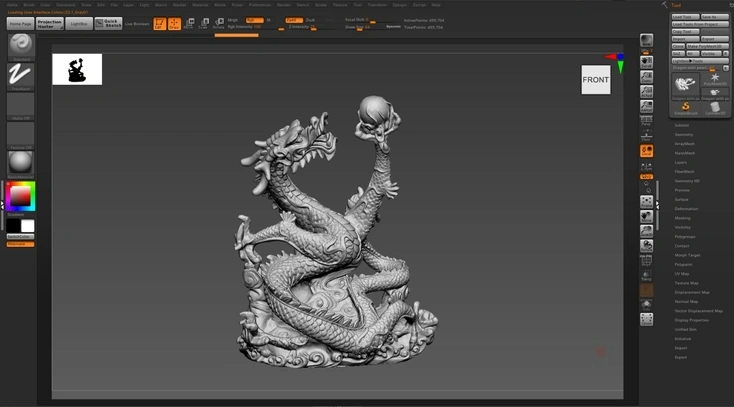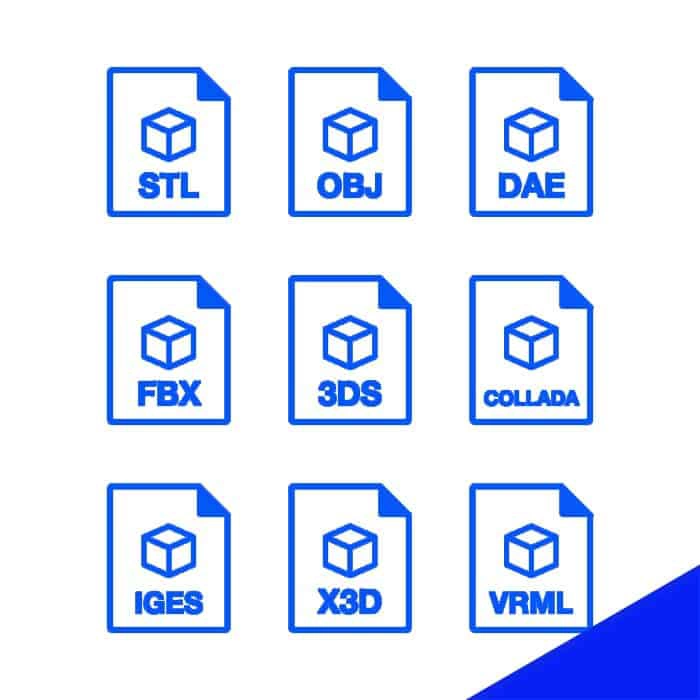The Role of 3D Models for Games in Mobile Game Development
by Animatics Asset Store in Blog on June 12, 2024The gaming industry has seen a significant shift towards mobile platforms, leading to increased demand for high-quality 3D models for games. This article delves into the crucial role 3D models play in mobile game development, examining their impact on game graphics, performance, and player engagement.
Importance of 3D Models in Mobile Game Development
3D models for games are the backbone of modern game development. They form the visual elements that bring characters, environments, and objects to life, creating immersive experiences for players. In mobile game development, 3D models are particularly important due to the need for optimized performance and high-quality visuals on limited hardware.
Enhancing Game Graphics
One of the primary roles of 3D models in mobile games is to enhance game graphics. Well-designed 3D assets contribute to the visual appeal of a game, making it more attractive to players. From detailed character design to realistic game environments, 3D models help create a visually stunning experience that can captivate players.
Performance Optimization
Performance optimization is a critical consideration in mobile game development. Mobile devices have limited processing power compared to PCs and consoles, so 3D models must be optimized to ensure smooth gameplay. Techniques such as using low-poly models and efficient texturing are essential to maintain high performance without compromising visual quality.
Real-Time Rendering
Real-time rendering is another vital aspect of mobile games that relies heavily on 3D models. Game engines like Unity and Unreal Engine utilize 3D models to render scenes in real-time, providing dynamic and responsive environments for players. The ability to render 3D models efficiently is crucial for maintaining a seamless gaming experience on mobile devices.
Key Components of 3D Models in Mobile Games
To fully understand the role of 3D models for games in mobile development, it’s important to explore their key components. These components include character design, game environments, and animations, each playing a unique role in the overall game experience.
Character Design
Character design is a fundamental aspect of mobile game development. 3D models for characters must be detailed and expressive to engage players. This involves digital sculpting, texturing, and rigging to create lifelike characters that move realistically. Character models also need to be optimized for performance, ensuring they do not slow down the game.
Game Environments
Game environments are another crucial component of 3D models in mobile games. Creating immersive environments involves designing detailed landscapes, buildings, and other elements that players can interact with. Real-time rendering techniques are used to bring these environments to life, making the game world feel more dynamic and engaging.
Animations
Animations play a significant role in bringing 3D models to life. Whether it’s character movements, environmental interactions, or visual effects, animations enhance the overall gameplay experience. In mobile games, animations need to be smooth and responsive, requiring careful optimization of 3D models to ensure they run efficiently on mobile hardware.
Challenges in Creating 3D Models for Mobile Games
While 3D models are essential for mobile game development, creating them comes with several challenges. These challenges include balancing quality and performance, managing asset creation, and ensuring compatibility with various game engines.
Balancing Quality and Performance
One of the biggest challenges is balancing the quality of 3D models with the need for performance optimization. High-poly models offer greater detail but can strain the limited resources of mobile devices. Conversely, low-poly models are easier on performance but may lack the visual appeal of their high-poly counterparts. Game developers must find a balance that delivers both quality and performance.
Asset Creation
Creating 3D assets for mobile games is a time-consuming and resource-intensive process. It involves multiple stages, including concept design, digital sculpting, texturing, and rigging. Each stage requires specialized skills and tools, making asset creation a significant investment for game studios.
Compatibility with Game Engines
Ensuring compatibility with popular game engines like Unity and Unreal Engine is another challenge. These engines have specific requirements for 3D models, including file formats, polygon counts, and texture resolutions. Game developers must ensure their models meet these requirements to achieve seamless integration and optimal performance.
Solutions to 3D Model Challenges
Despite these challenges, there are solutions available to game developers. One such solution is leveraging online asset stores like the Animatics Asset Store, which offers a wide range of pre-made 3D models and assets.
Using Animatics Asset Store
The Animatics Asset Store provides a vast collection of high-quality 3D models that can be used in mobile games. These assets are designed to be performance-optimized and compatible with major game engines. By utilizing ready-made models from asset stores, game developers can save time and resources, allowing them to focus on other aspects of game development.
Asset stores not only offer cost-effective solutions but also ensure quality and consistency in game graphics. This approach helps game studios overcome the challenges of 3D model creation while maintaining high standards in their mobile games.
Conclusion
3D models for games play a pivotal role in mobile game development, enhancing game graphics, optimizing performance, and creating immersive experiences for players. While creating these models presents several challenges, solutions like the Animatics Asset Store offer valuable resources that can streamline the process. By understanding and leveraging the role of 3D models, game developers can produce high-quality mobile games that captivate and engage players.
Incorporating these strategies and tools ensures that mobile games remain competitive and visually appealing, ultimately driving success in the ever-evolving gaming industry.






